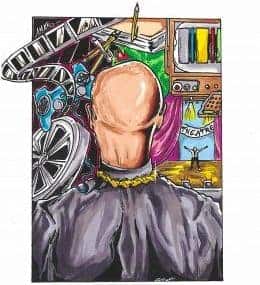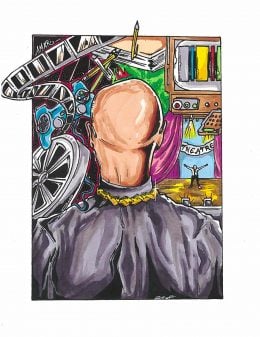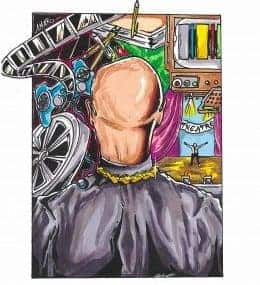10 Villains That Deserve Their Own Movie
From Psycho’s Norman Bates to Marvel’s Thanos, villains can be sympathetic, horrific, funny, or characters the audience loves to hate. Here are 10 villains that deserve their own movie.
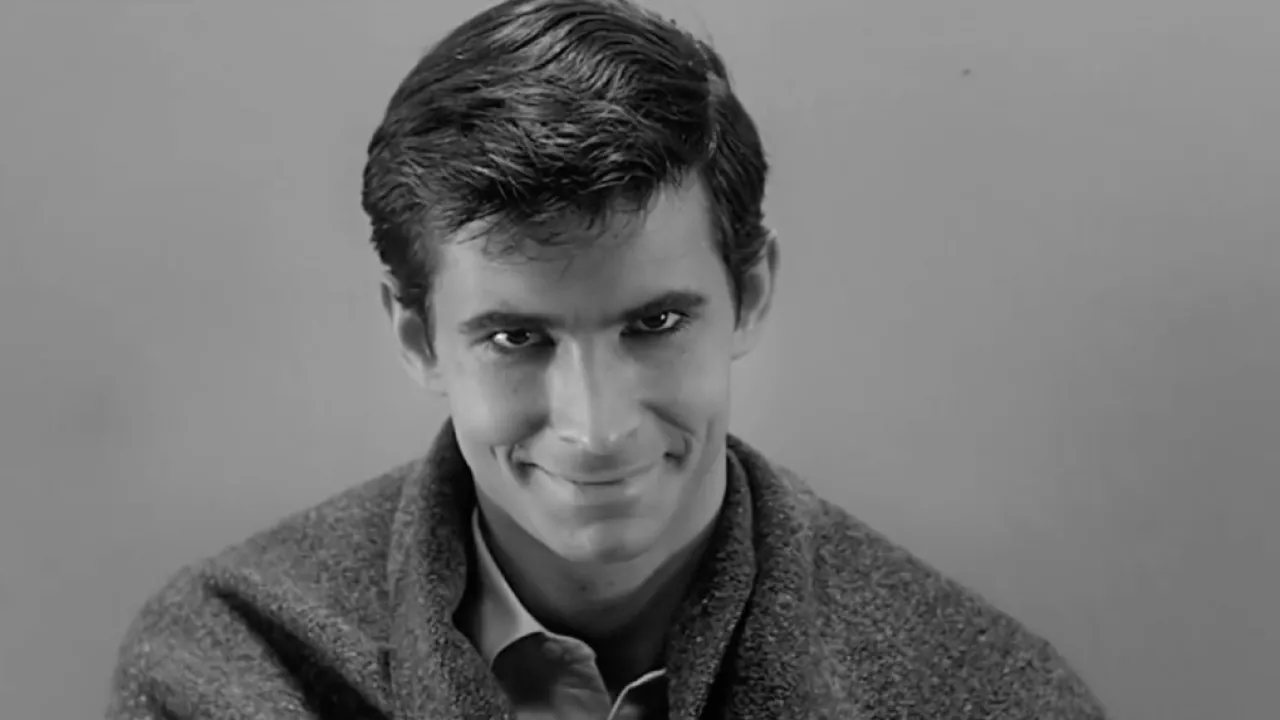
Spoiler Alert: This summary and review contains spoilers.
Additionally, some images and text may include affiliate links, meaning we may earn a commission or receive products if you make a purchase.
One of the crucial aspects of a memorable movie is a captivating villain. Not every film has an antagonist, but presenting someone against a hero is a chance to explore the darkest, most terrifying, and occasionally fun aspects of the human mind. From Norman Bates in “Psycho” to Marvel’s Thanos, villains can be sympathetic, horrific, funny, or characters the audience loves to hate. Despite their endless antics for ultimate power or an unquenchable thirst for murder, the viewer cannot take their eyes away. As to how a villain became so evil and ruthless or what they do when they’re not after the protagonist, it often remains a mystery. Here are ten villains that would be intriguing to spend more time with and deserve their own movie.
Voldemort in “Harry Potter”
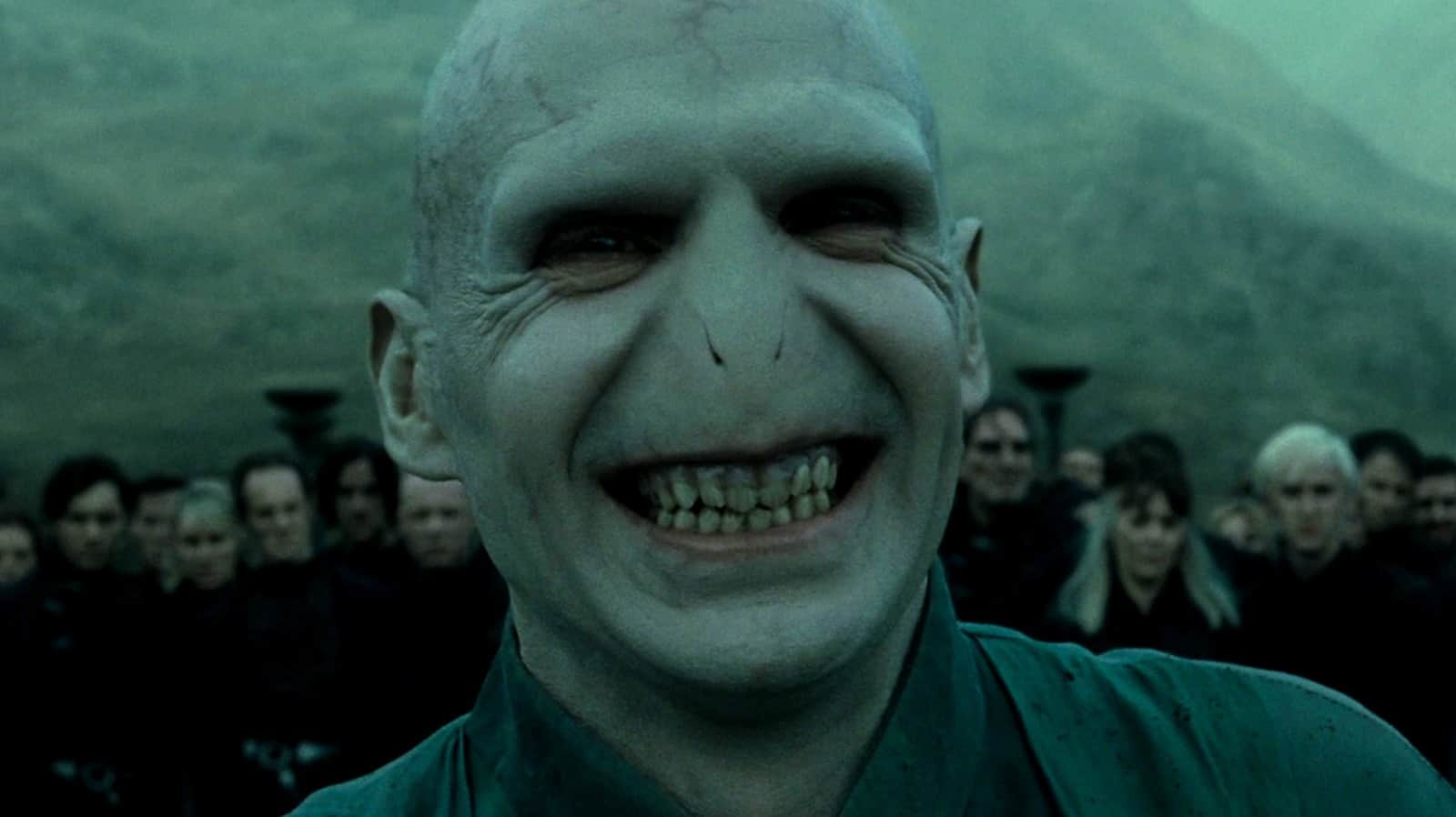
Voldemort, Harry Potter’s main antagonist, is a wizard of pure evil but also one with a tragic backstory similar to Harry’s. Both of Voldemort’s parents died when he was young, and subsequently, Voldemort felt abandoned in an orphanage. Voldemort’s quest for ultimate power stems from a fear of mortality, and his hatred of wizards with mixed muggle and wizard blood comes from a detestation of his own origins. At Hogwarts, Voldemort was a bright student who became more fascinated by the dark arts. How He-Who-Must-Not-Be-Named became He-Who-Must-Not-Be-Named would be a dark yet engaging exploration of how tragedy leads to horrific historical figures.
Anton Chigurh in “No Country for Old Men”
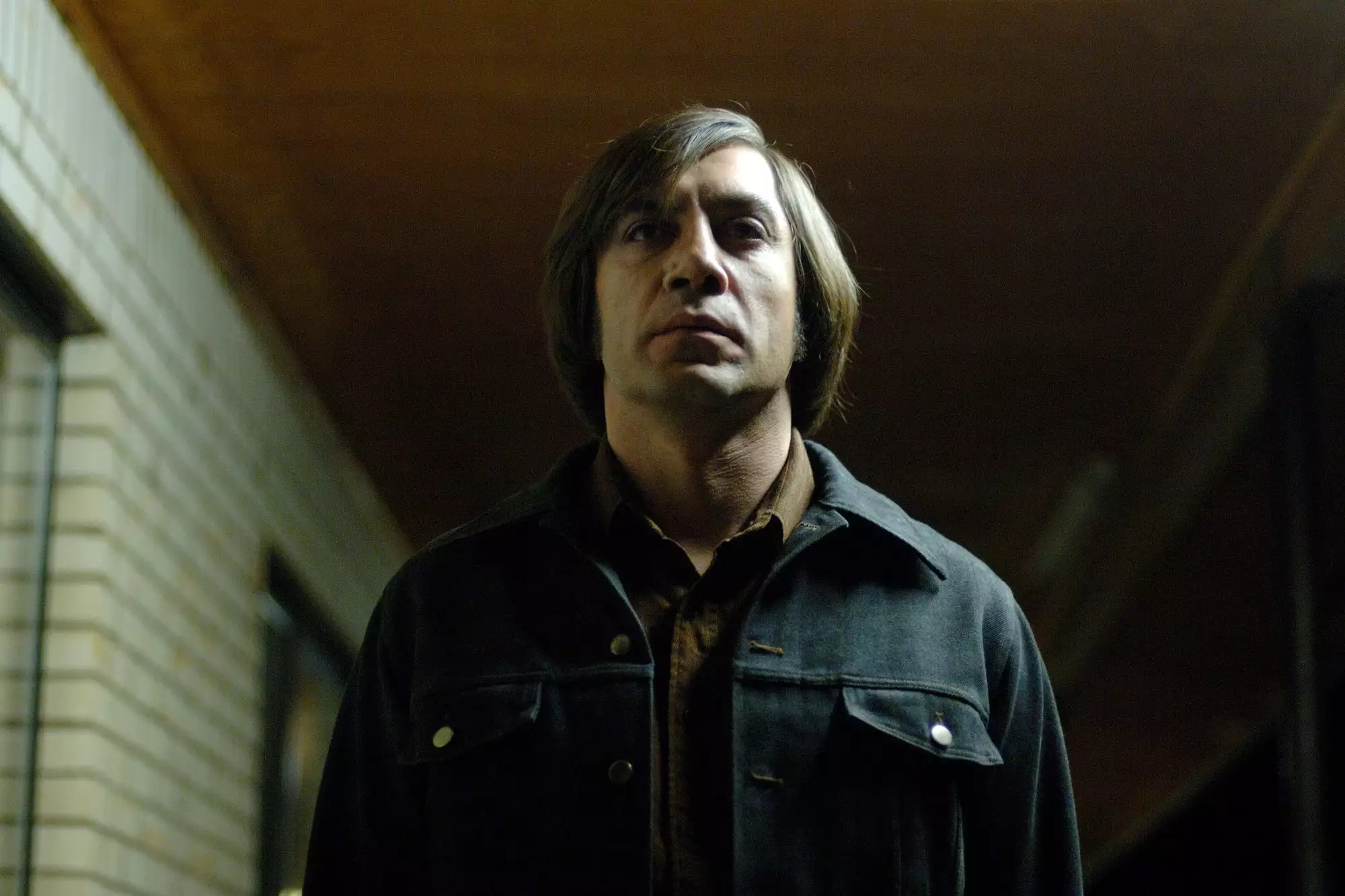
In “No Country for Old Men,” a significant portion of villain Anton Chigurh’s evil is rooted in chaos; there’s no telling what he’ll do, and the lack of explanation is the point. Chigurh is a hired hitman who is tasked with retrieving a case of money, but he leaves a bloody trail along the way, often decided by the flip of a coin. Psychiatrists voted Chigurh the most realistic portrayal of a psychopath on film. A movie focused solely on Chigurh could diminish the character’s malevolence, but how Chigurh developed his code and embrace of chaos is a thing of wonder.
Hans Landa in “Inglorious Basterds”
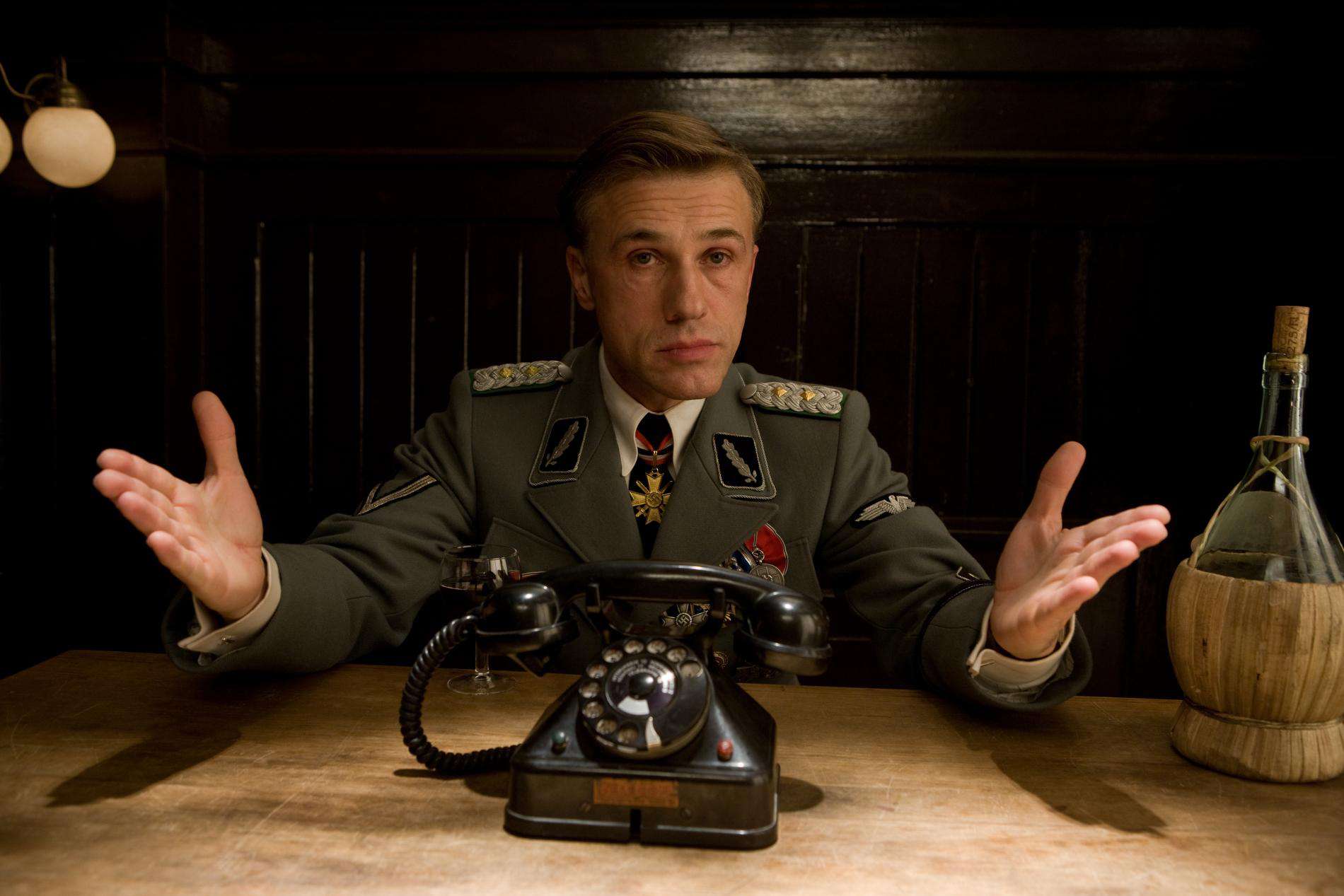
The charming yet ruthless Nazi, Hans Landa, can twist a knife in your chest while smiling. In “Inglorious Basterds,” Christoph Waltz works as a detective to hunt down enemies of the Nazi Party. He knows who his enemies are; we know he knows, and his enemies know, but Hans Landa continues to play with his victims like a cat with a mouse in his paws. Yet Hans Landa never seems to believe in the Nazi cause but simply follows whatever whimsy most profits him; he’s an employee willing to be sold to the highest bidder. How Hans Landa acquired his specific skill set and ended up employed by the Nazis is a story worth exploring.
Nurse Ratched in “One Flew Over the Cuckoo’s Nest”
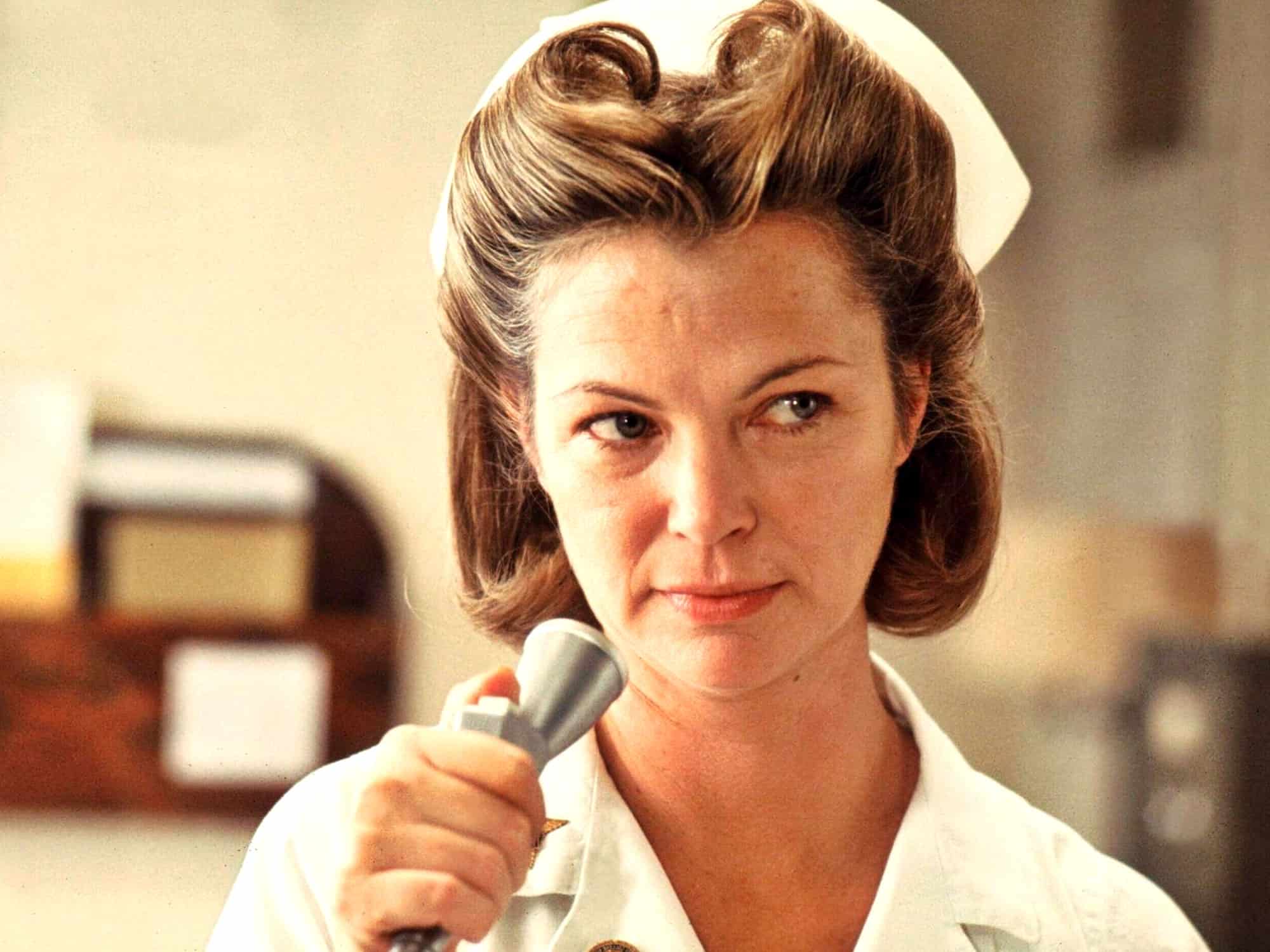
The cruel and disillusioned Nurse Ratched from “One Flew Over the Cuckoo’s Nest” wishes to exert her power and order over all patients. Ryan Murphy’s Netflix show explores Nurse Ratched’s backstory, yet a movie could tell a more concise story of how someone who tries to change the mental health system becomes part of the system. Nurse Ratched is undoubtedly evil and bends patients to her will with threats. She treats the hospital like a prison. Yet showing how a person who believed in good slowly becomes an oppressive leader serves as a cautionary tale.
Norman Bates in “Psycho”

One of the first complex and engrossing portrayals of a villain was Norman Bates in “Psycho,” the man who would murder women in his motel or any guest suspicious of his hobby. What was life like for Norman Bates while his mother was still alive? Was his descent into becoming a murderer after his mother’s death or long before? While the show “Bates Motel” may have explored a fraction of this in a current setting, reverting back to the 1950s setting would be a more intriguing look at the seedy underbelly of American suburbia.
Detective Alonzo Harris in “Training Day”
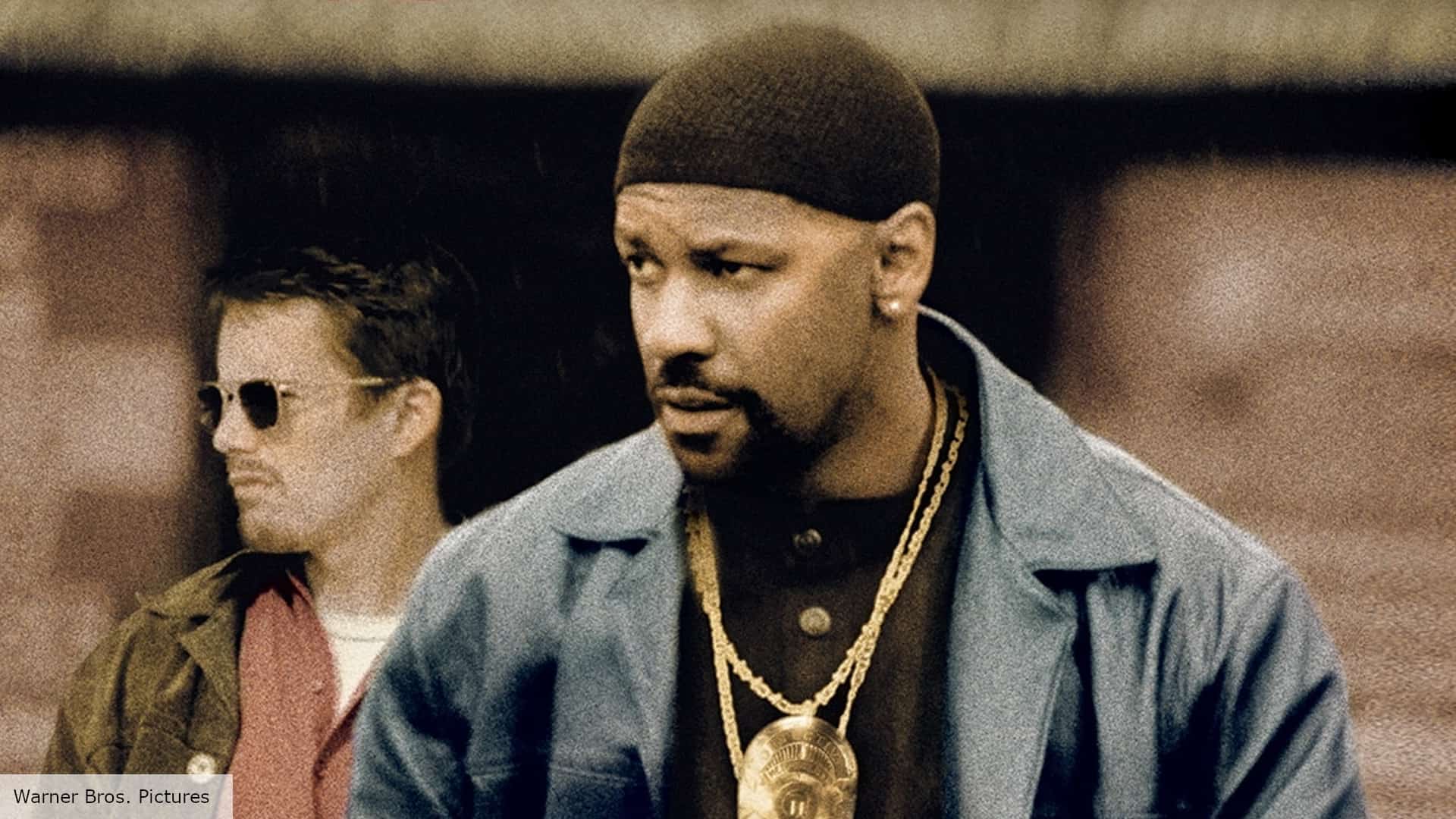
Denzel Washington’s powerful and terrifying performance as Detective Alonzo Harris in “Training Day” continues to find audiences today. The corrupt cop would use his law enforcement power to peddle drugs, break into houses, and create his own kingdom of crime. “Training Day” shows Alonzo Harris taking Jake Hoyt out on the streets of LA, but what was Harris’ introduction to these streets like? How did Harris become the corrupt cop we see? Who was his own mentor? Does Harris believe that he must fight crime with more crime to create order, or is he just seeking power for himself? All of these questions could be explored in Detective Alonzo Harris’ own movie.
Regina George in “Mean Girls”
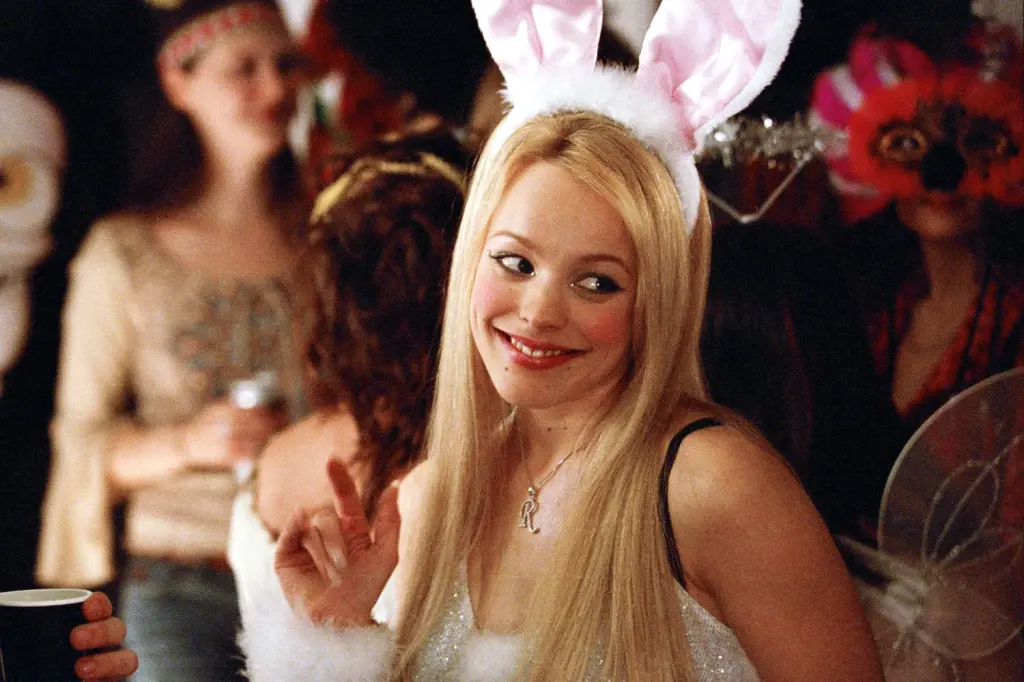
“Mean Girls”’ Regina George is the exemplary high school name and the prime example of every teen’s worst fear: a bully at the top of the social pyramid. Regina George is beautiful, and cunning, and relishes playing mind games and manipulating people for her own advantage. Yet Regina George is also insecure and constantly questions her own social status. How she became the Plastics leader, adopted her pink persona, and ruled her high school over just three years would be a fun movie to see.
Thanos in “Avengers: Infinity War”
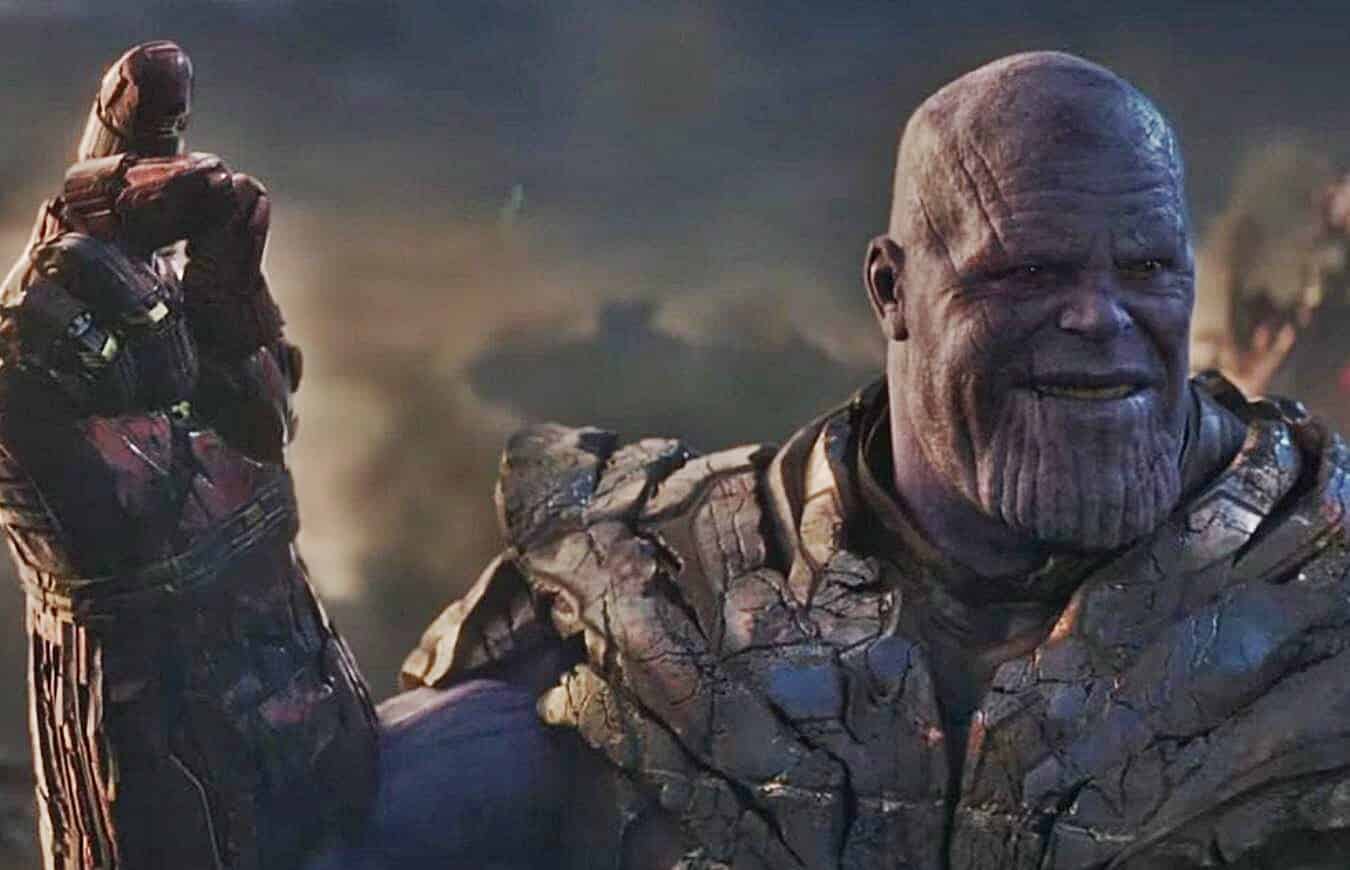
One of the more prolific villains in recent history is Thanos, the ultimate villain in Marvel’s Avengers. The blockbuster titan is a giant purple strongman, as if Grimace took steroids. But he’s also intelligent and ruthless, stopping at nothing to get what he wants and even sacrificing his own daughter. Unlike other villains, while Thanos seeks power and has committed mass genocide, he does so with the firm belief that he must bring balance and peace to the galaxy by eradicating half of its existence. How Thanos came to this conclusion and became the tortured swole soul that audiences know is a background worthy of its own blockbuster movie.
The Wicked Witch of the West in “The Wizard of Oz”
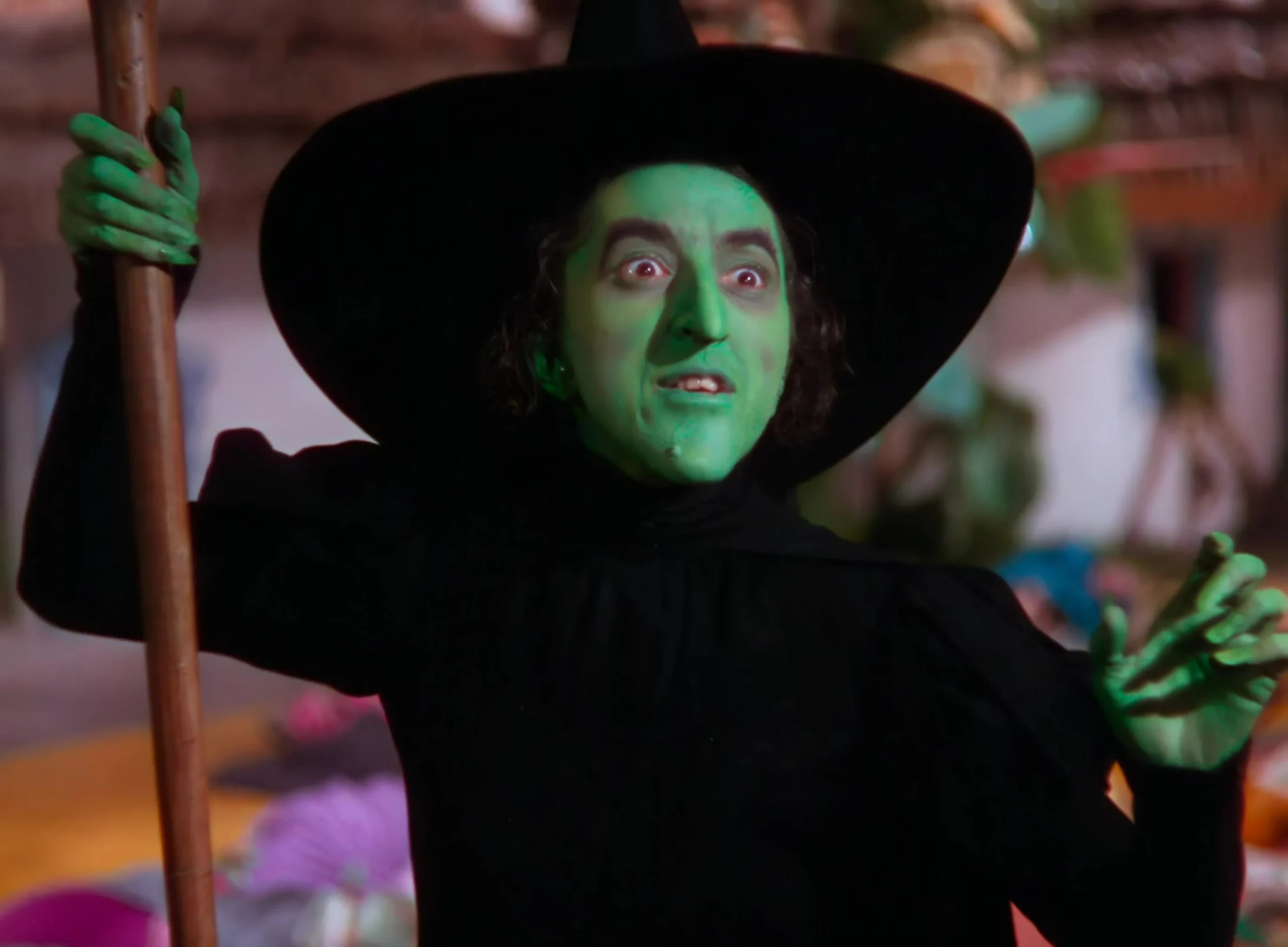
Ask many adults about their first childhood fear, and they’ll point out the Wicked Witch of the West in “The Wizard of Oz.” Or, the flying monkeys. The green skin draped in black, the endless scowl, and that cackle of glee created the public’s image of what a witch looks like. The Witch may instill fear in the land of Oz, but how she got her title and what her relationship with her sister and Glenda was like remain mysteries. The Broadway musical (and soon-to-be movie) “Wicked” covers a sympathetic story of The Wicked Witch never belonging anywhere, but how she found her flying monkeys and henchmen is worth giving a new generation of kids their first nightmares.
Dr. Hannibal Lecter in “The Silence of the Lambs”
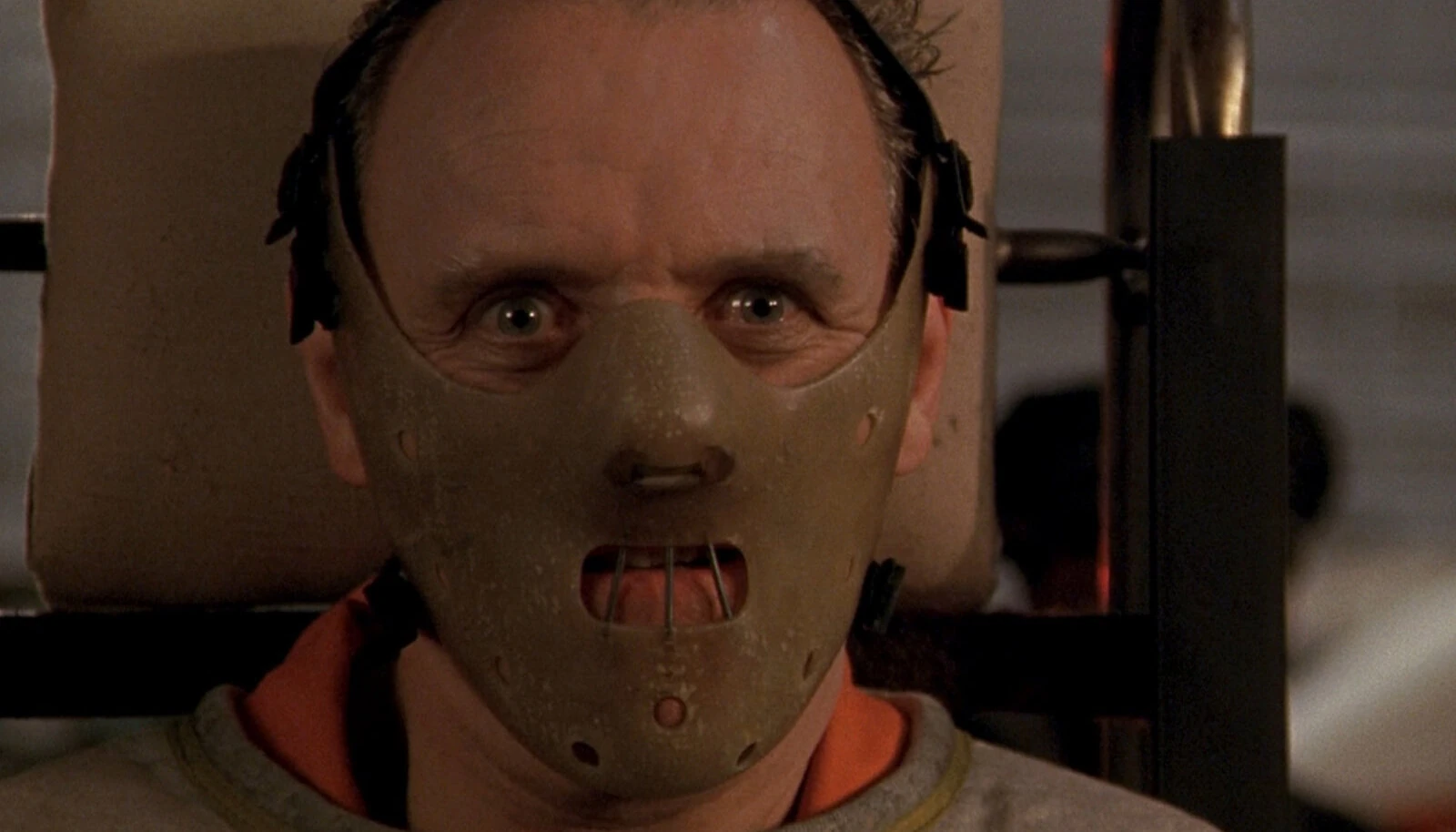
“Intelligent, cultured, and with a required taste” is how best to describe Dr. Hannibal Lecter, the suave and helpful cannibal from “The Silence of the Lambs.” Dr. Hannibal Lecter is so popular that the character inspired a sequel and spin-off television series that explores the villain’s unique taste for people and how that landed him in prison. Yet Dr. Lecter’s terror doesn’t simply come from his desire to eat people; it also comes from his way of psychologically tormenting them with mind games and quickly cutting through who a person is in a single sentence. These traits make Hannibal Lecter a delight to watch and a terror to come across.
